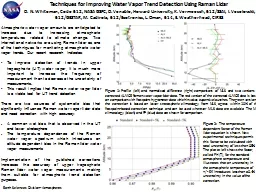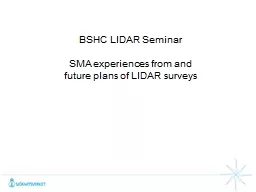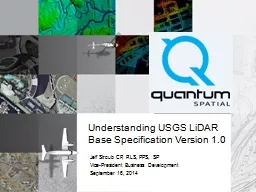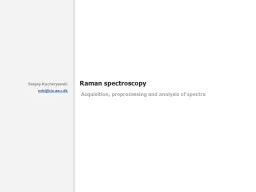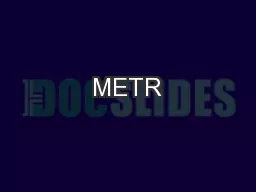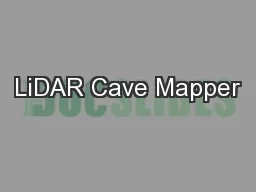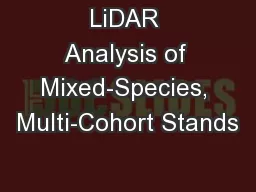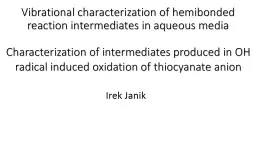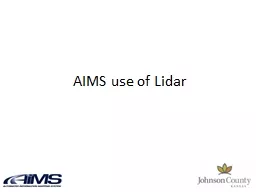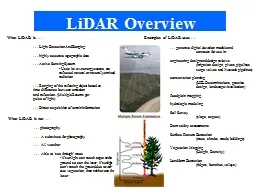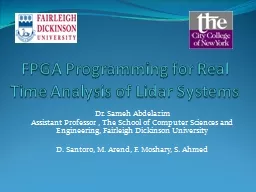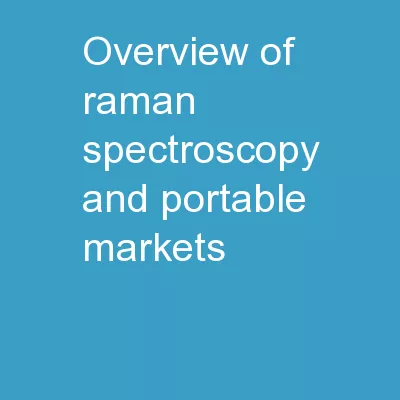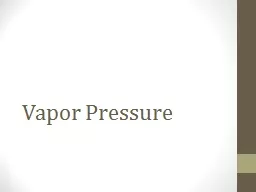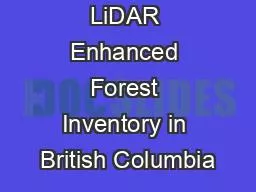PPT-Techniques for Improving Water Vapor Trend Detection Using Raman Lidar
Author : jane-oiler | Published Date : 2019-11-22
Techniques for Improving Water Vapor Trend Detection Using Raman Lidar D N Whiteman Code 612 NASA GSFC D Venable Howard University K Vermeesch 612SSAI I Veselovskii
Presentation Embed Code
Download Presentation
Download Presentation The PPT/PDF document "Techniques for Improving Water Vapor Tre..." is the property of its rightful owner. Permission is granted to download and print the materials on this website for personal, non-commercial use only, and to display it on your personal computer provided you do not modify the materials and that you retain all copyright notices contained in the materials. By downloading content from our website, you accept the terms of this agreement.
Techniques for Improving Water Vapor Trend Detection Using Raman Lidar: Transcript
Download Rules Of Document
"Techniques for Improving Water Vapor Trend Detection Using Raman Lidar"The content belongs to its owner. You may download and print it for personal use, without modification, and keep all copyright notices. By downloading, you agree to these terms.
Related Documents

